The production questionnaire for unscripted content
You’re a producer developing unscripted content for broadcasters or streaming platforms and you want to tell stories that reflect a more inclusive and sustainable world. This guide is designed to support that ambition, offering key questions based on three fundamental elements to unscripted content: 1) casting, 2) participant representation, and 3) editing (of actions, interactions and context).
Its clear, easy-to-use format invites thoughtful reflection on the substance and form of your content without altering its core concept or entertainment value and without prescribing right or wrong answers. It also encourages you to explore more inclusive and sustainable choices at every stage of production.
This questionnaire is not exhaustive. You’re encouraged to adapt and expand it to fit your goals and production context.
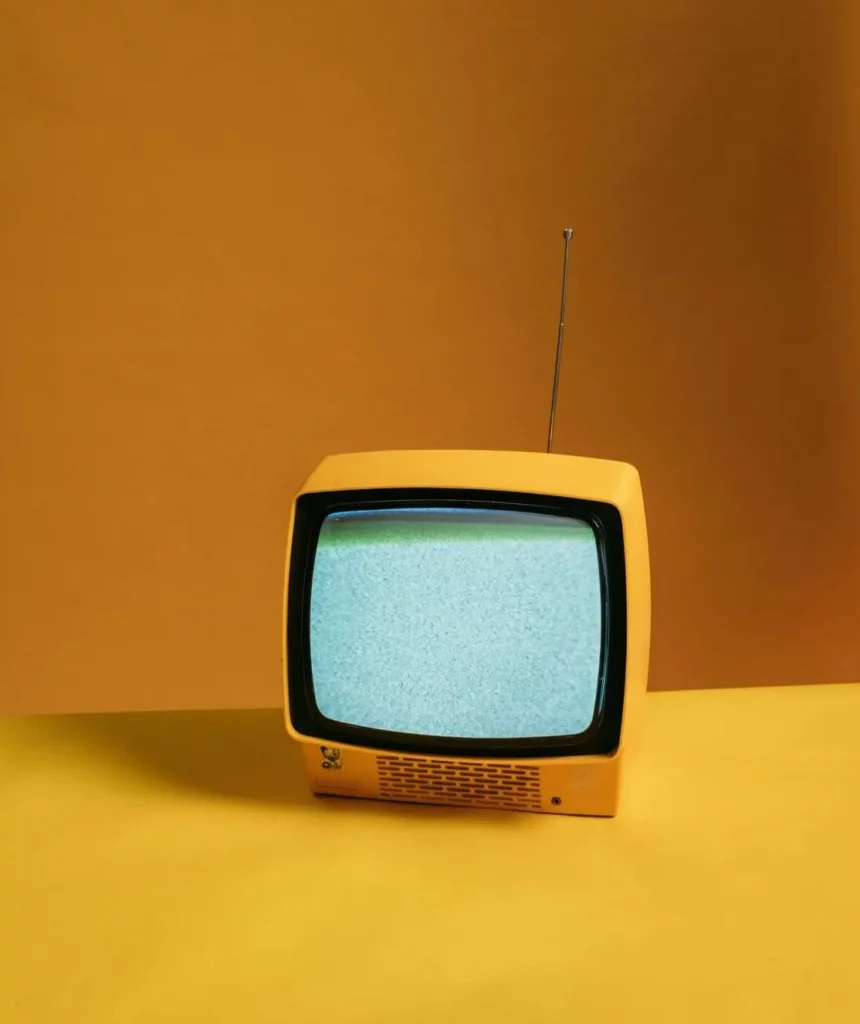
Who are you casting and how?

Representation matters. While our societies are shaped by diverse social identities, many groups remain underrepresented in the media due to factors such as ethnicity, gender or disability. By showcasing a wider range of voices and experiences, entertainment can both enrich storytelling and strengthen our social fabric.
This section invites you to examine your casting choices and methods. The guiding questions are not about imposing quotas, but rather about helping you consider inclusivity, participant wellbeing, and diverse profiles. Thoughtful casting calls can evolve your processes to better reflect today’s society.
A few key figures
52%
of the U.S population are women, yet they only appear in 38% of unscripted content screen time.
Nielsen, 2020
Only 1/3
of the Hispanic’s population in the U.S is represented on unscripted content.
Nielsen, 2020
0.7%
of screen time on French unscripted content includes people with disabilities, though they represent about 17% of the French population.
Arcom, 2024
75%
of on-screen professions are portrayed by individuals from upper socio-professional groups, twice their presence in the French population.
Arcom, 2024
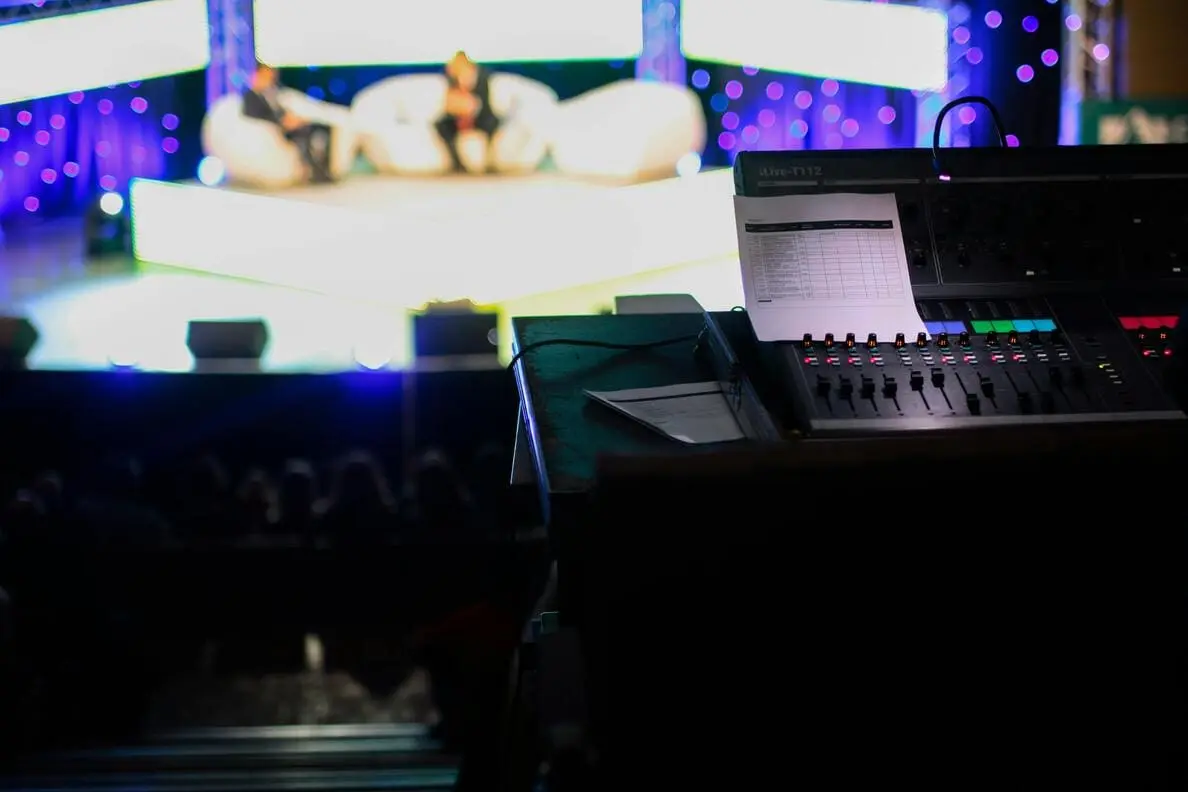
How are the participants represented on screen?
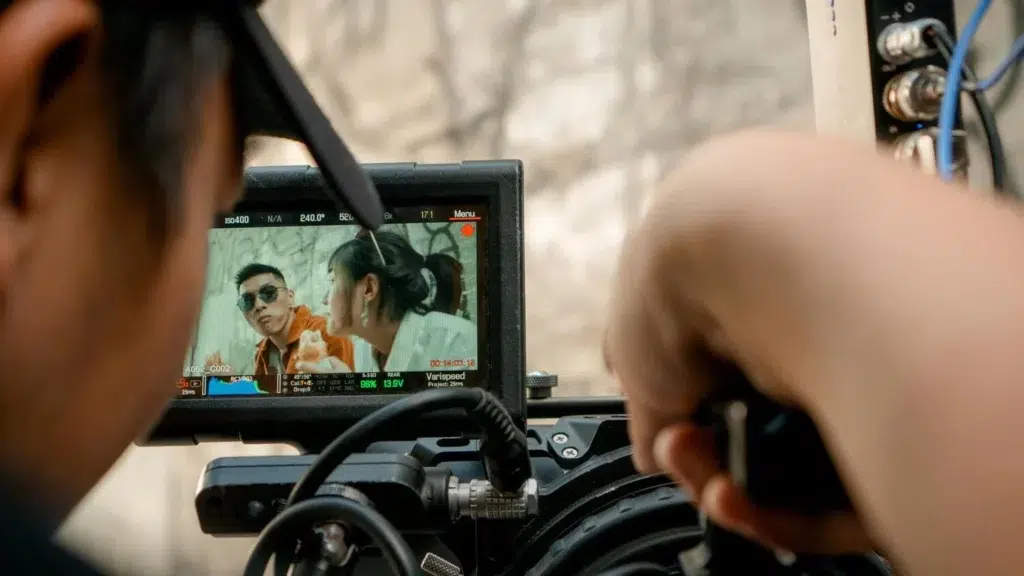
Stereotypes have long-influenced how we perceive and portray one another. While they can simplify complex realities, they can also cause harm. It’s not only about who appears on screen, but also about how they’re portrayed and how different audiences might respond.
This section helps you analyse how filming and editing decisions like camera angles, voiceovers and cuts shape participant portrayals.
These questions are designed to help you identify potential stereotypical representations and offer guidance to avoid them when relevant, while still capturing engaging narratives.
A few key figures
Only 28%
of appearances in science-related content in French unscripted productions feature women, while they are overrepresented in segments on education and daily life.
Arcom, 2024
35%
of individuals content
engaging in marginal or illegal activities in French unscripted productions are perceived as non-white, compared to 13% of executives.
Arcom, 2024
Just 4.1%
of U.S. unscripted content programmes
address disability-related themes.
Nielsen, 2020
How is the content edited ?
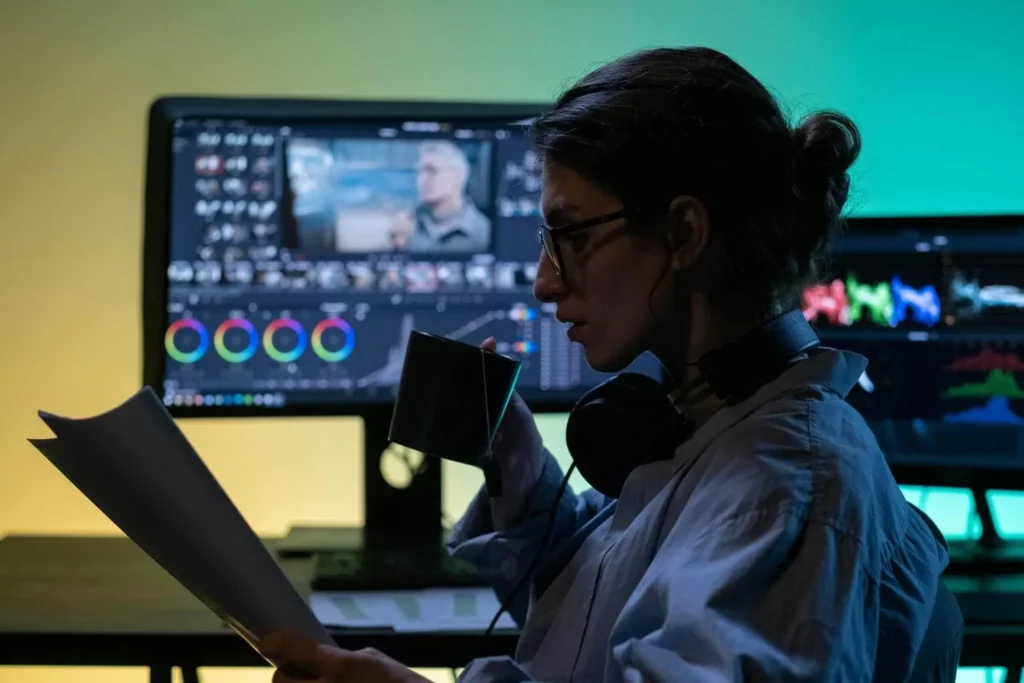
In 2024, humanity consumed the planet’s yearly natural resource “budget” by August 1st, meaning we used the equivalent of 1.75 Earths in just one year (Earth Overshoot Day, 2024).
While human societies need to adapt to the fixed planetary boundaries it depends on (climate change, ocean acidification and biodiversity loss among others), this section invites you to reflect on how your content frames participants’ actions, interactions and context.
Use the following questions to reflect on your content’s portrayal of competition and whether it supports sustainable and socially responsible societal models. Additionally, consider how your content’s backdrop and challenges could promote eco-friendly behaviours and inclusive, respectful values.
A few key facts
Love is Blind introduced climate-conscious participants, sparking eco-themed conversations during the show. For example: Paul Peden (a marine conservationist) and Taylor Krause (an energy policy expert) used their environmental values to connect with others, later leveraging their TV visibility to raise awareness online.
Source: Forbes, 2024
Love Island partnered with eBay to dress all contestants in second- hand clothing. This collaboration led to a 600% spike in searches for “Love Island pre-loved” during its All Stars season.
Source: eBay, 2024
Big Brother Finland featured a house built from recycled materials and included eco-practices like composting and gardening on screen, demonstrating how environmental choices can be integrated into mainstream reality formats.
Source: Big Brother Finland, S10
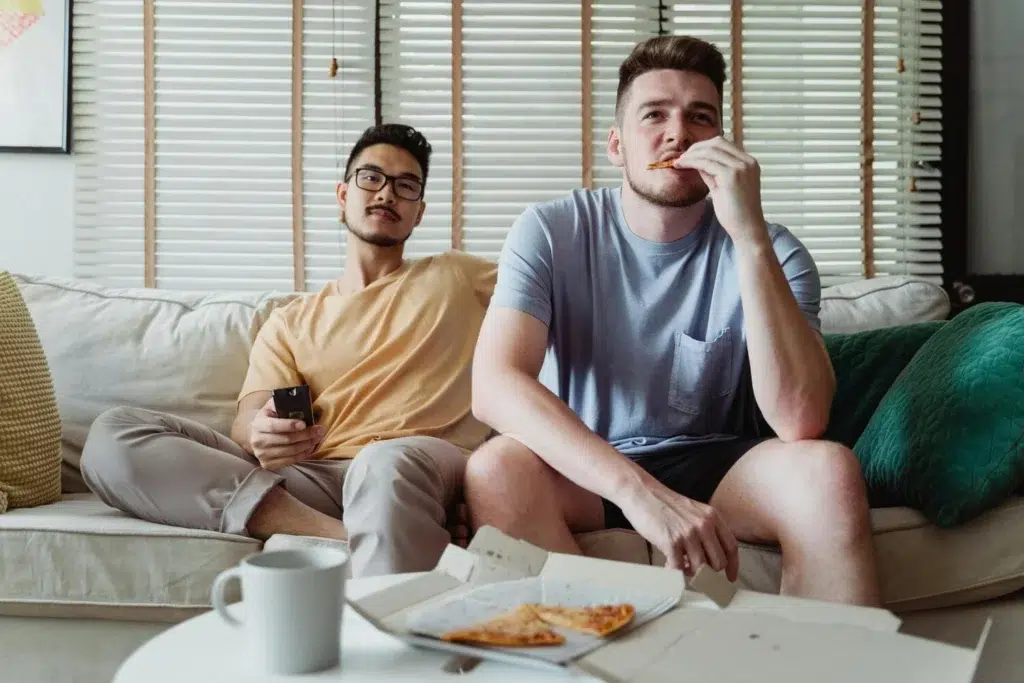
How can sustainability and social inclusion be promoted in content production?
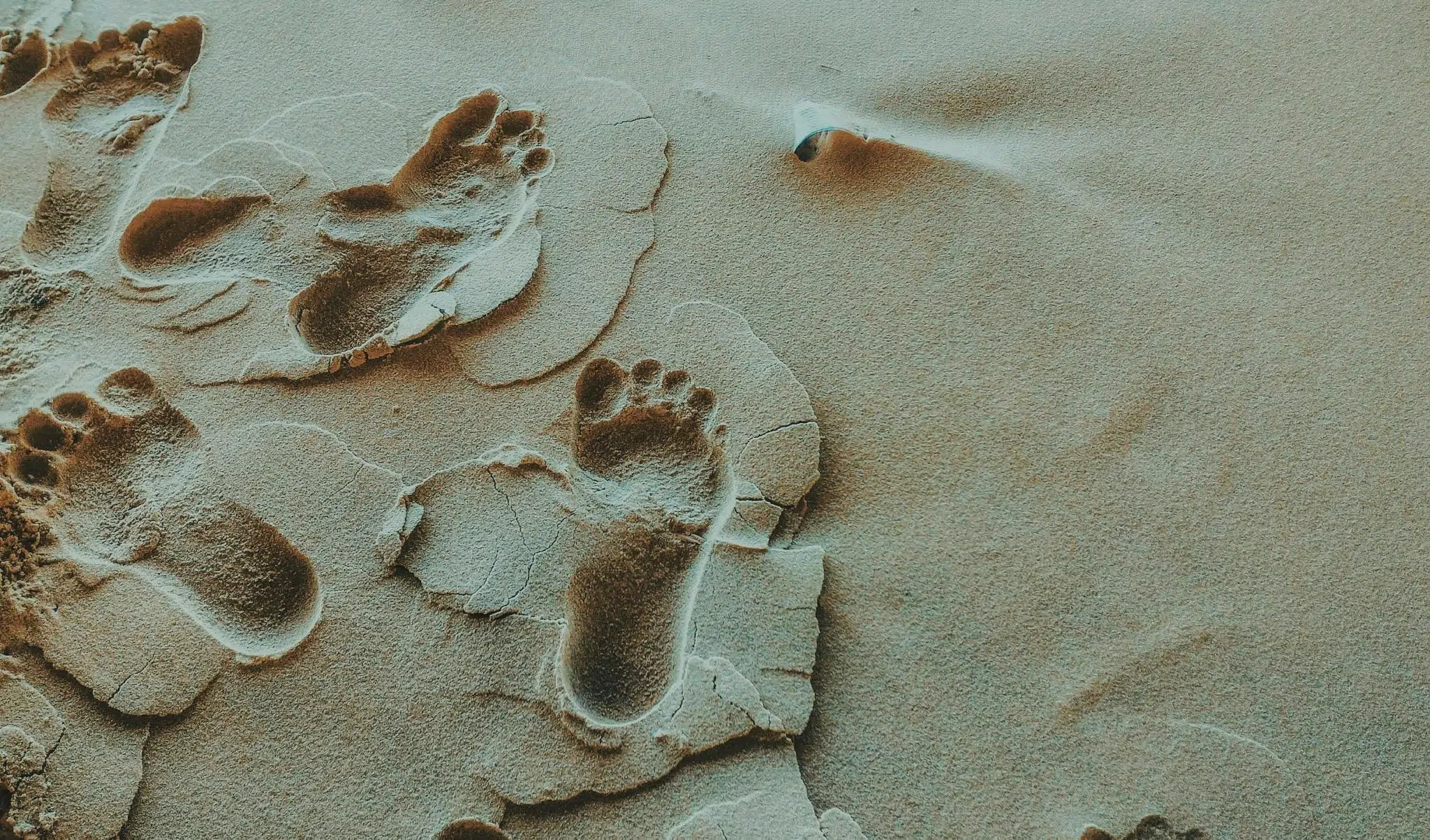
Unscripted content production leaves a significant ecological footprint – but also offers a chance to innovate, cut costs and engage audiences in more responsible practices.
This section explores how to reduce your production’s environmental impact and foster diversity, equity, inclusion and wellbeing on set.
A few key figures
130 tCO2e
is the average carbon footprint of a French studio- based TV production – 14 times a citizen’s annual footprint.
Source: Ecoprod, 2024
17M
of metric tons of CO2e are emitted by the French audiovisual sector annually. Source: Ecoprod, 2020
58.4%
of producers, and show creators in Reality TV worldwide are men; women, just 41.5%.
3 in 4
Reality TV creators globally are men (73.7%).
In the U.S, this rises to 80.6%. Source: Banijay Entertainment & Geena Davis Institute, 2024
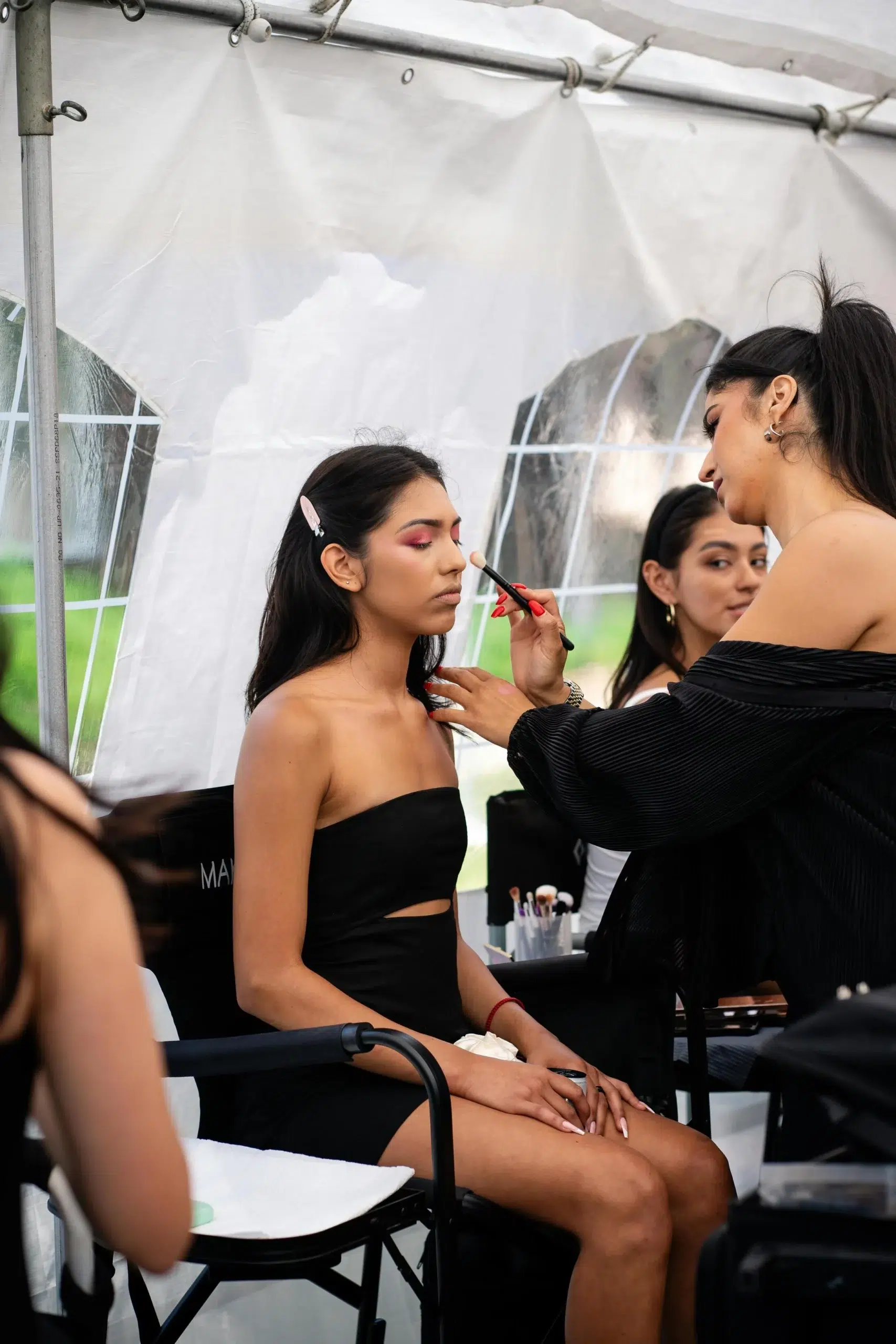
How can your unscripted content be connected to real-world impact?
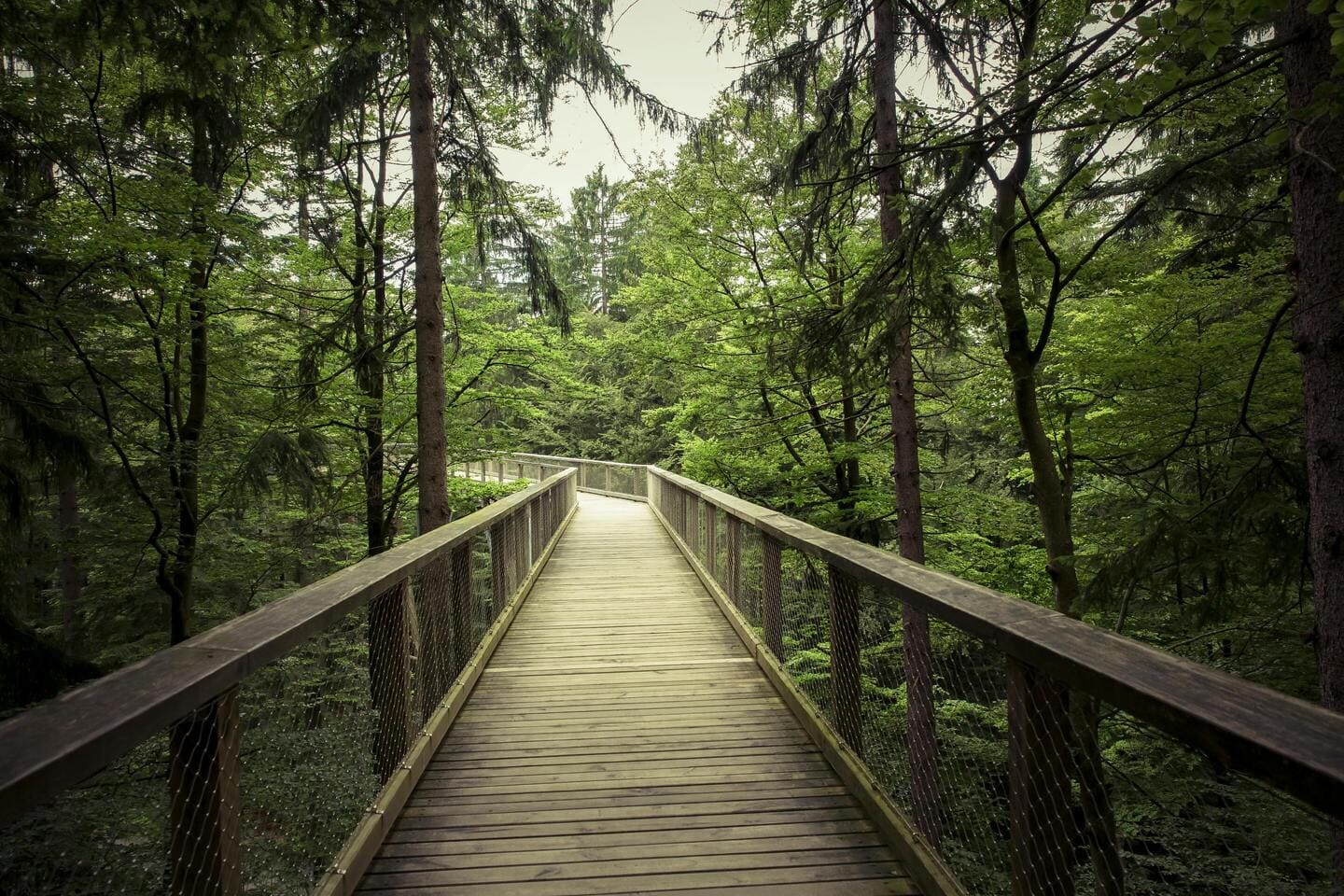
An impact campaign bridges what audiences see on-screen with real-world action. These campaigns, created with NGOs, experts and institutions, can spark conversations, change behaviours and even influence policy.
This section helps you build an effective strategy that aligns your content’s message with meaningful engagement.
A few key facts
Red Nose Day
Combines entertainment with fundraising to combat poverty. Comic Relief
Fort Boyard
Celebrity contestants compete for charitable causes.
Fort Boyard
Telethon
Fundraises millions for rare disease research while educating the public.
Téléthon